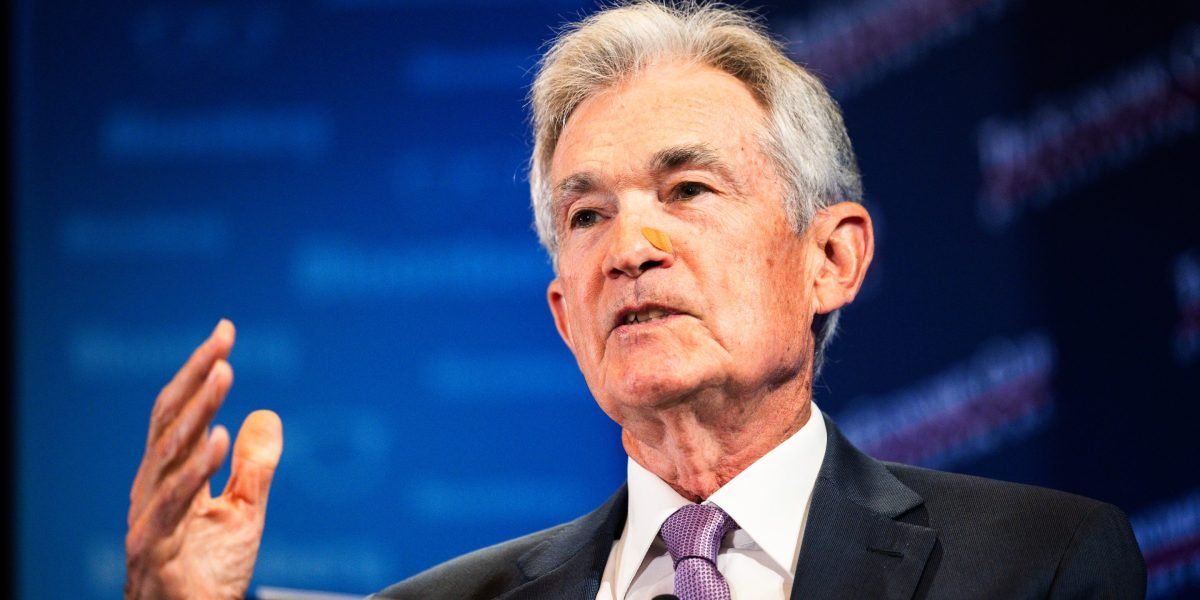
The Federal Reserve’s policymakers kept interest rates flat Wednesday, but signaled a rate cut would be coming soon.
The rate-setting committee offered few specifics on the central bank’s upcoming plans in its statement released Wednesday. However, economists are almost certain that today’s decision to not cut interest rates makes it a virtual certainty the Fed will lower them at its next meeting in September.
For some economists, that would be too late. In fact, there is a chorus of economists and investors that believe even a July rate cut would have been too late. They argue that the Fed’s preferred inflation metric, the personal consumption expenditures (PCE) index, has been approaching its 2% target for months. But approaching a target is not the same as hitting it. For months the Fed has been clear that while the economy is making progress on inflation it wants to see evidence that trajectory is becoming permanent.
Since the beginning of the year Powell has been warning that he wants “more good data” that would demonstrate inflation won’t get stuck above the Fed’s target rate.
Some investors agreed with Powell’s preference to wait for more data. “Waiting until the September FOMC for the start of a rate cut campaign gives the Fed two more CPI reports to react to, which may confirm the nascent disinflationary trends that have begun to unfold over the last few months,” said Mike Reynolds, vice president of investment strategy at Glenmede.
The latest data from June showed the PCE was up 2.5% compared to the same time last year. That number represented a slight dip from May when the PCE index was up 2.6%. Overall inflation, measured in the consumer price index, rose 3.0% in June compared to the prior year. Notably, however, it fell 0.1% compared to May. That was the first time the consumer price index declined month-over-month since May 2020—more than four years ago.
The general trajectory of these numbers shows that inflation has come down significantly from its peak in the summer of 2022. But despite stabilizing, it still hasn’t come down enough for the Fed to feel comfortable about lowering rates.
Some economists consider Powell’s approach overly cautious. About 25% of the economists polled in the Wall Street Journal’s quarterly economist survey said the Fed should have cut rates at the current July meeting. Notably, though, only 2% thought the Fed actually would.
Nobel prize-winning economist Paul Krugman said “the Fed should cut rates now now now,” in a post on X on Monday. Krugman cited a specific metric from the Federal Reserve Bank of New York that aims to measure inflation’s “persistence.”
For his part Powell has maintained that his focus was on the Fed’s dual mandate of lowering inflation while maintaining near maximum employment. He has mostly succeeded in this goal, as inflation has undoubtedly come down while the job market has remained historically strong.
But progressives point to a sharply slowing job market, which could be an early sign of a recession. On Wednesday job growth in the private sector slowed more than expected, adding just 122,000 jobs in July, according to data from ADP, while the unemployment rate for June ticked up to 4.1% from 4% in May. That comes after the unemployment rate had been below 4% since February 2022.





